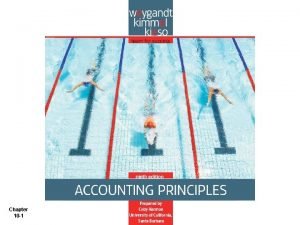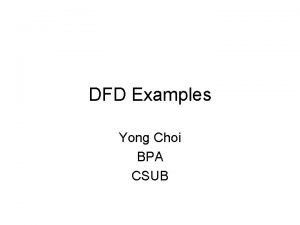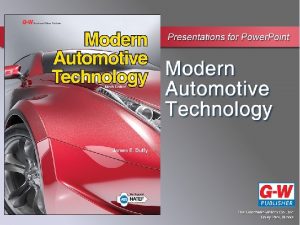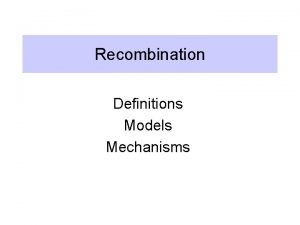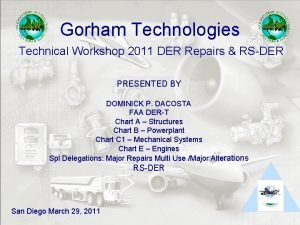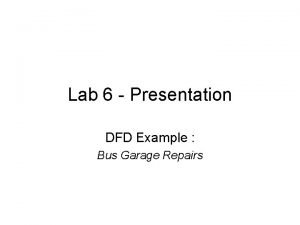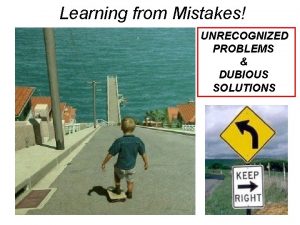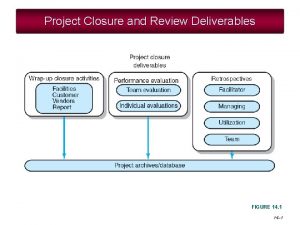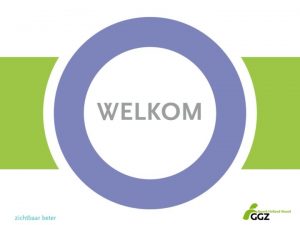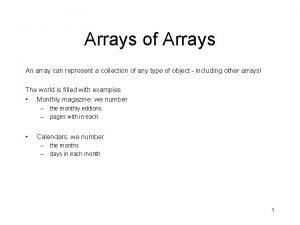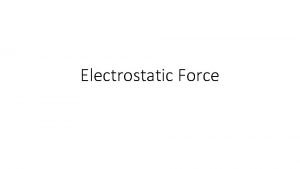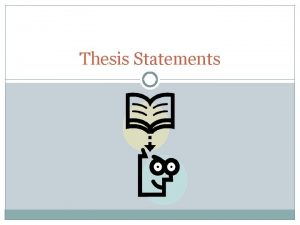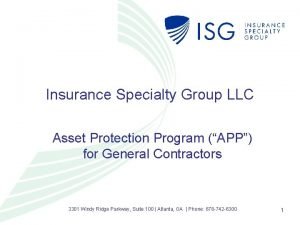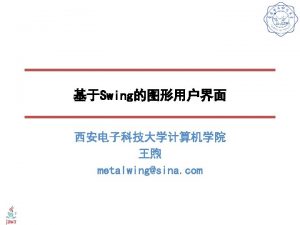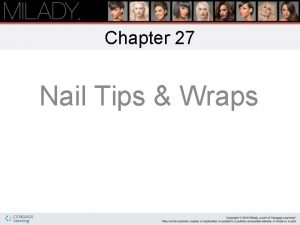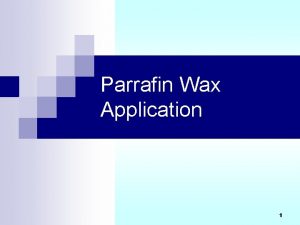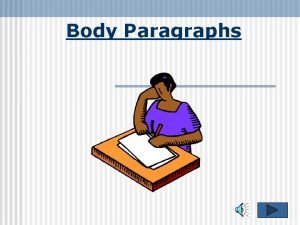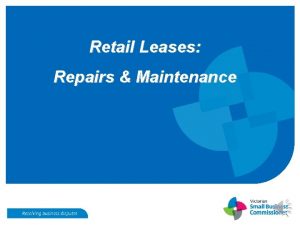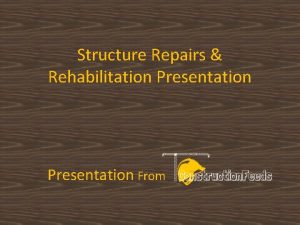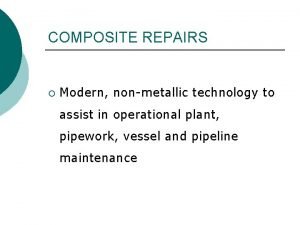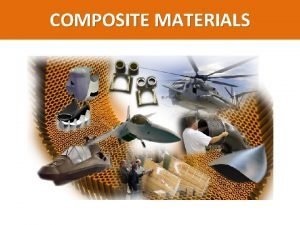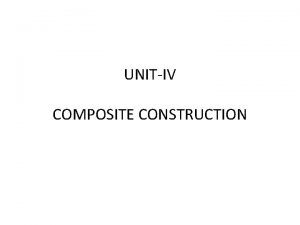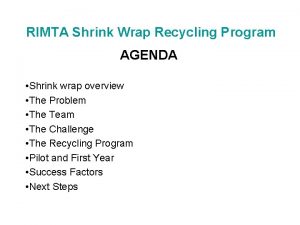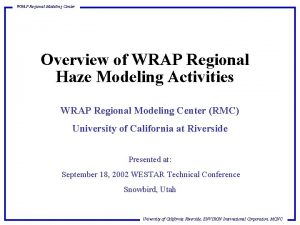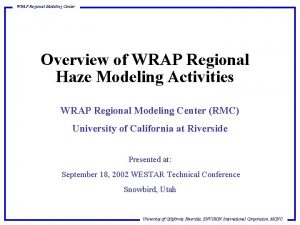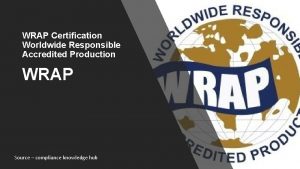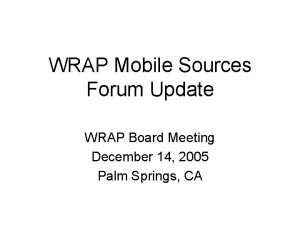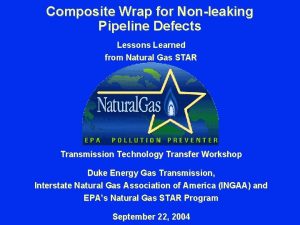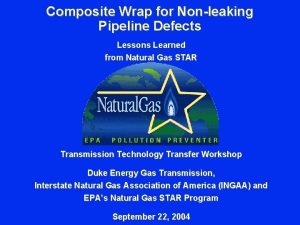COMPOSITE SOLUTIONS COMPOSITE REPAIRS A composite wrap is




























- Slides: 28

COMPOSITE SOLUTIONS

COMPOSITE REPAIRS A composite wrap is a permanent repair method suitable for non-leaking pipe defects. – Composite repair systems are currently used to repair pitting, dents, gouges and external corrosion. – Internal corrosion can not be arrested, therefore, a composite can not permanently repair defects associated with internal corrosion. Serve as an alternative to traditional pipeline repair methods – Cut outs/replacement – Full encirclement steel split sleeves

COMPOSITE REPAIRS • Advantages over traditional repair methods – – – No hot work No pressure reduction/interruption in service Reduction in emissions Quicker Cheaper Safer • Disadvantages – Not able to UT after being repaired – Quality control done in the field • Without proper application a composite will not work as engineered

COMPOSITE REPAIR SYSTEM DEFINITION The repair system is defined as the combination of the following elements for which qualification testing is completed. • substrate (pipe) • surface preparation • composite material (repair laminate) • filler material • adhesive • application method

COMPOSITE SYSTEMS Repairs are engineered using test data that combines specific manufacturing, surface and material preparation and installation techniques. – Don’t deviate from the preparation or installation techniques. – Don’t substitute repair materials

PPE Minimum requirements: • Disposable overalls; keep resin off clothes and skin • Rubber gloves; use thick ones • Safety boots • Safety glasses – use goggles when mixing or if people working overhead • Remove soiled PPE before entering clean areas

COMPOSITE REGULATIONS • DOT – CFR 192. 713 & 195. 585 • “Repaired by a method that Reliable engineering tests and analyses show that can permanently restore the serviceability of the pipe” • ASME – PCC-2 (Post Construction Committee) • 16 Composite Testing Criteria – B 31. 4 & B 31. 8 • Specifies composites can be used on ≤ 80% general corrosion pitting, and on some dents, gouges, wrinkles, etc. that are still piggable. • OQ Qualifications Needed for Training & Instillations – Some training qualifications may be more extensive than others. • Consider this when looking at the total cost of a system

Choosing A Composite Repair System Application Parameters • Pipeline features and the pipe defect characteristics will determine which system is right for you. • Many repair systems will require exact measurements to size EACH repair.

APPLICATION PARAMETERS • % of Wall Loss: – Custom repairs sized for your exact parameters • Many allow you to neglect the remaining strength, in the pipe, when sizing a composite repair. • Defect Size: – Must over lap a minimum of 2” on each side

APPLICATION PARAMETERS • Pressure: – This is rarely the limiting factor for composite repairs. – Some systems may require a reduction in pressure for installation. • Temperature: – Extreme temperatures require special resins • Reduce repair lifespan

APPLICATION PARAMETERS • Pipe Features: – Is it a straight piece of pipe? • If not, some systems are eliminated. – A complete composite package, for a company, should be able to cover all pipeline features in their system.

APPLICATION PARAMETERS • Repair Area Access: – Room to work – Pipe preparation – Remote locations

MEASURING STRENGHT • Nothing is specifically approved – Must meet minimum requirements • Strength sets the systems apart – Load Transfer – Lap Sheer Strength – Tensile Strength – Testing information is always available

Load Transfer External defects are filled with a high compressive strength material • The hoop load is transferred though this material to the composite • The composite distributes the load throughout it’s layers around the pipe.

Choosing A Composite Repair System • Composite System Strength – Lap Shear Strength • The strength demonstrated by the diagonal pull of two substrates until adhesive failure. • The name comes from the lap joint created by the test samples and the shear action used to pull the samples apart.

Choosing A Composite Repair System • Composite System Strength – Tensile Strength • Measures the force required to pull something to the point where it breaks. • The tensile strength of a material is the maximum amount of tensile stress that it can take before failure, for example breaking.

COMPOSITE REPAIR TYPES • Prefabricated • Wet Lay Ups – Pre-Impregnated – Field Wet Out • Machine Installations

PREFAB COMPOSITES • Benefits – Uniform Quality Control – Less Messy – Prepackaged Kits • (one size fits all) • Disadvantages – Only Straight Pipe – Set Number of Wraps – Not For Internal Corrosion

PREFAB INSTALLATION *General Installation Procedures – OQ Qualification Needed For Installation

WET LAY UP COMPOSITES • Benefits – Can Repair Irregular Pipe Features – Higher Temperatures – Engineered To Each Specific Application • Disadvantages – QC Must Be Done In Field (In Most Cases) – Messier – Installation Time May Be Longer – Not For Internal Corrosion



This snapshot of our repair calculator shows how the input is used to calculate the repair. Note that we always use the long term strength of the composite so we can design external corrosion repairs to the lifetime of the host pipe.

WET LAY UP INSTALLATION Field Impregnated

WET LAY UP INSTALLATION Factory Pre-Impregnated

MACHINE INSTALLATION • Benefits – Long Runs Of Pipe – 30% Cheaper Than Replacing Pipe • Disadvantages – Must Excavate The Pipe Completely – Too Expensive For Small Runs (<50 ft)

OTHER COMPOSITE USES

Our Capabilities • We Can Engineer The Job • Help Choose The Best System For Your Application • We Can Supply The Materials • We Can Train Installers • Provide Installation Oversight • Provide Composite Marking System For Smart Pig Detection
 Determining the cost of plant assets
Determining the cost of plant assets Level 0 dfd
Level 0 dfd Retirement of plant assets
Retirement of plant assets Wiring
Wiring Dna ligase joins ends and repairs nicks
Dna ligase joins ends and repairs nicks Der repairs
Der repairs Missouri landlord tenant law repairs
Missouri landlord tenant law repairs Bus garage repair dfd level 1
Bus garage repair dfd level 1 Structural member properties
Structural member properties Wrap irregular verb
Wrap irregular verb Shrink wrap
Shrink wrap Wrap crisis plan examples
Wrap crisis plan examples Shrink wrap software
Shrink wrap software Milady chapter 20 review questions
Milady chapter 20 review questions Perpetual project closure
Perpetual project closure Wrap assessment tool mental health
Wrap assessment tool mental health Wrap ah recept
Wrap ah recept Cooper wrap
Cooper wrap Magic square wrap around array java
Magic square wrap around array java Paint in simple past tense
Paint in simple past tense Healthy lifestyle wrap up lecture
Healthy lifestyle wrap up lecture What is electric force
What is electric force Whats a wrap up sentence
Whats a wrap up sentence Insurance specialty group
Insurance specialty group Alliant wrap x
Alliant wrap x Jtext pane
Jtext pane What are the supplies in addition to your basic manicuring
What are the supplies in addition to your basic manicuring Parrafin wax
Parrafin wax Body topic sentence
Body topic sentence
